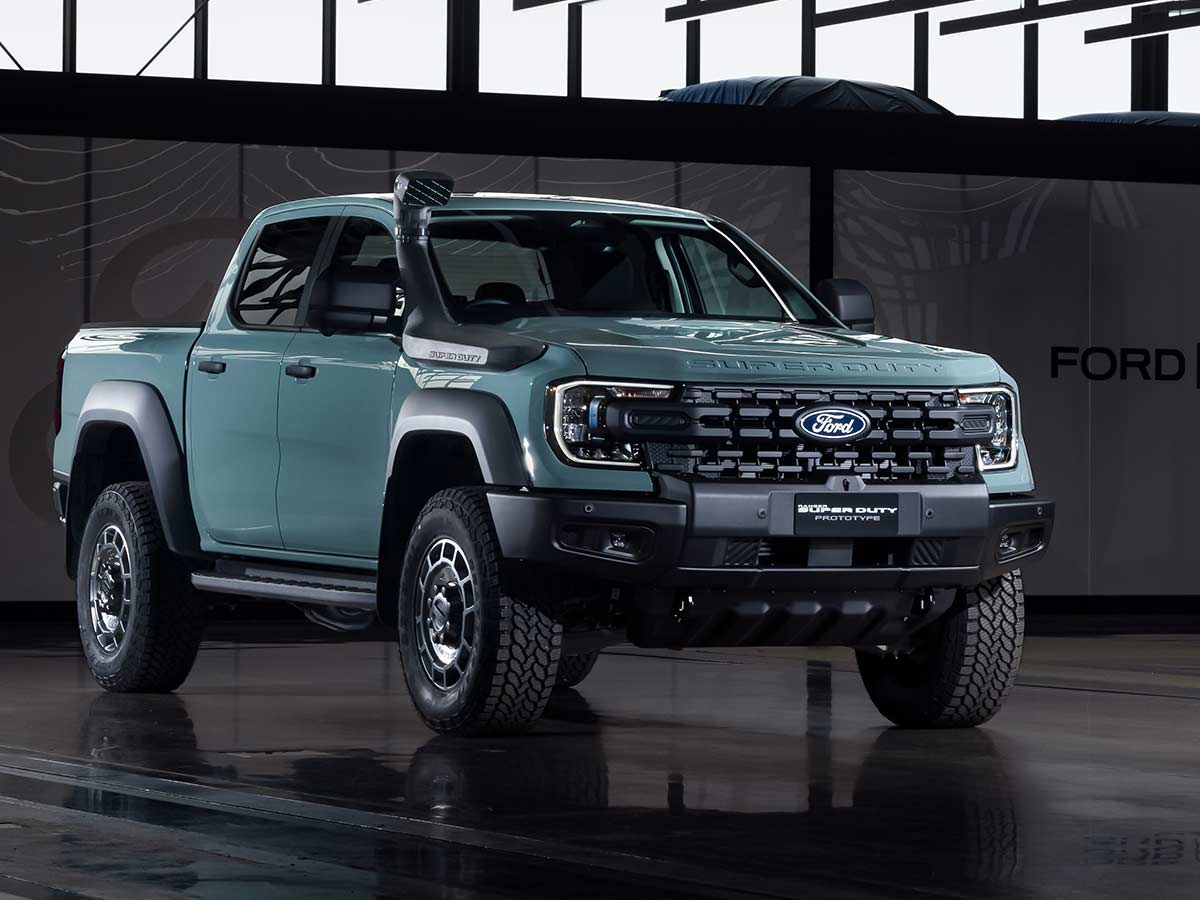Nissan Motor Co., Ltd. and Honda Motor Co., Ltd., two iconic names in the automotive industry, have entered into a groundbreaking agreement to explore a business integration. This memorandum of understanding (MOU) signifies a strategic partnership poised to reshape the automotive landscape, focusing on sustainability, innovation, and global competitiveness. The partnership comes as a response to the rapidly evolving industry dynamics and the urgent need for sustainable mobility solutions.
>>> Great Discounts on Car & Bike Accessories <<<
The Vision Behind the Partnership
Signed on December 23, 2024, this collaboration seeks to harness the synergies between Nissan and Honda. The primary goals include advancing carbon neutrality, enhancing vehicle intelligence, and achieving zero traffic fatalities. Both companies recognize that by uniting their resources and expertise, they can lead the charge in delivering cutting-edge mobility solutions that align with global environmental and societal needs.
Makoto Uchida, CEO of Nissan, described the agreement as a “pivotal moment,” stating, “If realized, I believe that by uniting the strengths of both companies, we can deliver unparalleled value to customers worldwide who appreciate our respective brands. Together, we can create a unique way for them to enjoy cars that neither company could achieve alone.” Similarly, Toshihiro Mibe, Honda’s Executive Officer, highlighted the necessity of collaboration to address industry challenges: “Creation of new mobility value by bringing together the resources including knowledge, talents, and technologies that Honda and Nissan have been developing over the long years is essential to overcome challenging environmental shifts that the auto industry is facing.”

Strategic Objectives of the Integration
The integration is more than a merger; it represents a carefully planned collaboration aimed at addressing critical industry challenges and unlocking new opportunities. The proposed integration is set to achieve several key objectives:
- Enhance Innovation: Joint research and development (R&D) on next-generation software-defined vehicles (SDVs) will accelerate advancements in electrification and vehicle intelligence. This initiative will focus on fundamental technologies to optimize platforms for connected, automated, and electric vehicles.
- Streamline Operations: By standardizing vehicle platforms across various segments, the companies anticipate reductions in production and development costs, improved manufacturing efficiencies, and enhanced investment optimization. This step is expected to lead to stronger products that resonate with global consumer needs.
- Optimize the Supply Chain: Consolidating purchasing functions will enable Nissan and Honda to source common parts, streamline operations, and collaborate more effectively with suppliers. This approach aims to reduce costs while improving the quality and reliability of their products.
- Develop Human Capital: The integration will foster skill development through employee exchanges and joint talent acquisition. By leveraging their access to global talent markets, the companies aim to attract exceptional professionals who can drive the transformation toward electrification and intelligence.
- Expand Financial Solutions: The companies plan to integrate their sales finance functions to offer enhanced mobility solutions, including innovative financial services tailored to evolving customer needs throughout the vehicle lifecycle.
- Support Sustainability Goals: By leveraging their combined strengths, the companies aim to accelerate the shift toward carbon-neutral technologies, including hybrid electric vehicles (HEVs), plug-in hybrids (PHEVs), and battery electric vehicles (EVs).
Economic and Industry Impact
The integration’s projected benefits extend beyond the two companies, with significant implications for the global automotive industry and the broader economy:
- Global Competitiveness: With a combined sales revenue forecast exceeding 30 trillion yen and an operating profit of more than 3 trillion yen, the partnership is set to create a world-class mobility company. This scale will allow for greater market reach and enhanced customer satisfaction.
- Sustainability Leadership: By pooling their expertise, Nissan and Honda aim to lead the industry’s transition to sustainable practices, setting benchmarks for carbon neutrality and energy efficiency.
- Market Responsiveness: The integration will equip both companies to respond swiftly to changes in consumer preferences, regulatory requirements, and technological advancements.
Methodology and Timeline
The integration process involves establishing a joint holding company to oversee the partnership. Key steps include:
- Joint Holding Company: The companies plan to establish a parent entity through a joint share transfer, subject to shareholder approval and regulatory clearance. The holding company will ensure streamlined management and unified decision-making.
- Stock Market Plans: Shares of the joint holding company are slated for listing on the Tokyo Stock Exchange by August 2026. Meanwhile, Nissan and Honda will become wholly owned subsidiaries under this new entity, maintaining their unique brand identities.
- Integration Preparatory Committee: A dedicated committee will manage the transition, ensuring a smooth integration of R&D, production, and operational functions.
Addressing Challenges and Risks
While the benefits of the integration are substantial, Nissan and Honda acknowledge potential challenges, including regulatory hurdles, market uncertainties, and operational complexities. The companies plan to mitigate these risks through transparent communication, thorough due diligence, and strategic planning.
In their joint statement, both companies emphasized the importance of stakeholder trust and collaboration: “We are still at the stage of starting our review, and we have not decided on a business integration yet, but we strive to be the one and only leading company that creates new mobility value through chemical reaction that can only be driven through synthesis of the two teams.”
The way forward
The Nissan-Honda partnership represents a bold vision for the future of mobility. By combining their strengths in innovation, production, and customer engagement, the two companies aim to redefine the automotive landscape. This collaboration is more than a business decision; it is a commitment to addressing global challenges and shaping a sustainable future.
As discussions progress, the world will watch closely, anticipating the transformative impact of this historic alliance. Together, Nissan and Honda are not just preparing for the future—they are driving it forward.
Source: Nissan








































